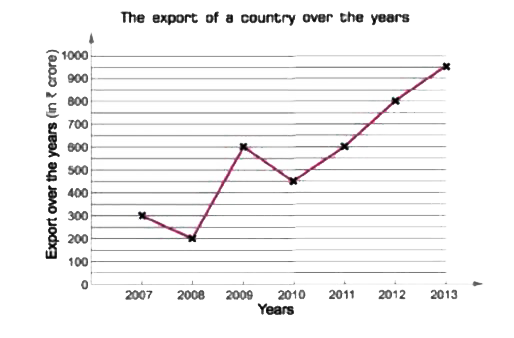What are the three levels of government arranged in order to from the highest to the lowest?
Local, State, National
Federal, State, Area
National, State, Local
Central, Province, Local
The correct Answer is:C
Similar Questions
_E01_030_Q01.png)
A light wave travels through three transparent materials of equal thickness rank in order from the highest to lowest the indices of refraction n1,n2 and n3.
View SolutionArrange the following fractions in order of their boiling points starting from the highest to the lowest: Diesel, Petroleum gas, Lubricating oil, Kerosene, Gasoline
View Solution
Knowledge Check
_E01_030_Q01.png)
A light wave travels through three transparent materials of equal thickness rank in order from the highest to lowest the indices of refraction n1,n2 and n3.An3>n1>n2Bn1<n3<n2Cn3<n1<n2Dn2>n3>n1Federalism is a system of government in which the power is divided between a Central authority and various constituent units of the country. Usually a federation has two levels of government. One is the government for the entire country that is usually responsible for a few subjects of common national interest. The others are the government at the level of provinces or states that look after much of the day-to-day administering of their state. Both these levels of governments enjoy their power independent of the other. In this sense, federations are contrasted with unitary governments. Under the unitary system, either there is only one level of government or sub-units are subordinate to the Central Government. The Central Government can pass on order to Provincial or the Local government. But in a federal system, the Central Government cannot order the State government has powers of its own for which it is not answerable to the Central Government. Both these governments are separately answerable to the people.
Under which of the following systems, the Central government can pass on orders to the provincial government ?AFederal systemBMonarchyCUnitary systemDDictatorshipFederalism is a system of government in which the power is divided between a Central authority and various constituent units of the country. Usually a federation has two levels of government. One is the government for the entire country that is usually responsible for a few subjects of common national interest. The others are the government at the level of provinces or states that look after much of the day-to-day administering of their state. Both these levels of governments enjoy their power independent of the other. In this sense, federations are contrasted with unitary governments. Under the unitary system, either there is only one level of government or sub-units are subordinate to the Central Government. The Central Government can pass on order to Provincial or the Local government. But in a federal system, the Central Government cannot order the State government has powers of its own for which it is not answerable to the Central Government. Both these governments are separately answerable to the people.
Which of the following types of government is responsible for the whole country ?AState governmentBCentral governmentCLocal governmentDCommunity government
Study the following graph carefully and answer the given questions.

What is the percentage increase in exports from the lowest to the highest for the given years ?
View SolutionFederalism is a system of government in which the power is divided between a Central authority and various constituent units of the country. Usually a federation has two levels of government. One is the government for the entire country that is usually responsible for a few subjects of common national interest. The others are the government at the level of provinces or states that look after much of the day-to-day administering of their state. Both these levels of governments enjoy their power independent of the other. In this sense, federations are contrasted with unitary governments. Under the unitary system, either there is only one level of government or sub-units are subordinate to the Central Government. The Central Government can pass on order to Provincial or the Local government. But in a federal system, the Central Government cannot order the State government has powers of its own for which it is not answerable to the Central Government. Both these governments are separately answerable to the people.
Usually, a federation has _____ levels of government .
View SolutionFederalism is a system of government in which the power is divided between a Central authority and various constituent units of the country. Usually a federation has two levels of government. One is the government for the entire country that is usually responsible for a few subjects of common national interest. The others are the government at the level of provinces or states that look after much of the day-to-day administering of their state. Both these levels of governments enjoy their power independent of the other. In this sense, federations are contrasted with unitary governments. Under the unitary system, either there is only one level of government or sub-units are subordinate to the Central Government. The Central Government can pass on order to Provincial or the Local government. But in a federal system, the Central Government cannot order the State government has powers of its own for which it is not answerable to the Central Government. Both these governments are separately answerable to the people.
Central and State governments are separately answerable to the ____
View SolutionArrange the below countries in chronological order starting from highest to lowest emitter of carbon dioxide?
(1) USA (2) Russia (3) China (4) India
Codes:
View SolutionWhat is the order of the boiling points (from lowest to highest) for the hydrogen halides?
View Solution
